In 2025, the demand for dehumidifiers and air purifiers continues to surge due to increasing awareness about indoor air quality. This article provides an in-depth analysis of the market, emphasizing performance, technical specifications, and energy efficiency. Professional buyers will find valuable insights to make informed purchasing decisions.
Table of Contents:
– Market Overview: Dehumidifier and Air Purifier Industry
– In-Depth Analysis of the Dehumidifier and Air Purifier Market
– Strategic Insights for Market Players
– Key Factors When Selecting a Dehumidifier and Air Purifier
– Types and Styles of Dehumidifiers and Air Purifiers
– Regulatory Compliance and Safety Standards
– Conclusion
Market Overview: Dehumidifier and Air Purifier Industry
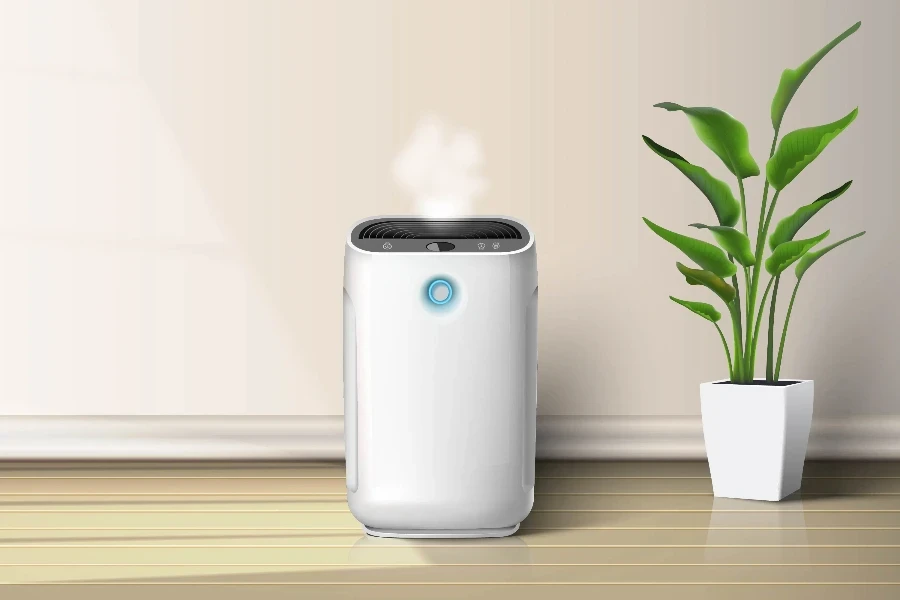
The global market for dehumidifiers and air purifiers is experiencing significant growth, driven by concerns over indoor air quality and rising incidences of respiratory ailments. In 2023, the portable air humidifier and dehumidifier market was worth USD 1.2 billion, with projections to reach USD 1.5 billion by 2030, growing at a compound annual growth rate (CAGR) of 3.7%. The air purifier market is set to expand from USD 14.19 billion in 2024 to USD 21.50 billion by 2030, reflecting a robust CAGR of 7.15%.
In the U.S., the market for portable air humidifiers and dehumidifiers was estimated at USD 313.5 million in 2023. China is expected to witness a remarkable growth rate of 6.3% CAGR, reaching USD 343.2 million by 2030. The Asia-Pacific region, fueled by rapid urbanization and rising disposable incomes, is emerging as a significant market for air treatment products.
Technological advancements, such as the integration of Internet of Things (IoT) in air treatment products, are revolutionizing the market. Smart air purifiers and humidifiers, which can be controlled via smartphone apps, are seeing increased demand. These innovations enhance user convenience and align with the broader trend of smart home automation, further driving market growth.
In-Depth Analysis of the Dehumidifier and Air Purifier Market
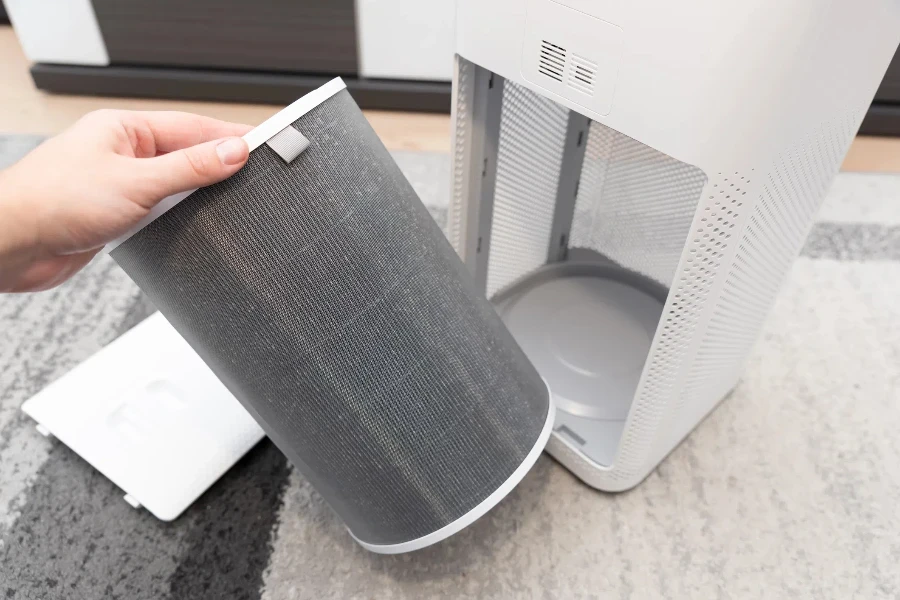
The dehumidifier and air purifier market is characterized by key performance benchmarks, market share dynamics, and shifts in consumer behavior. The market’s expansion is supported by rising awareness of the health benefits of maintaining optimal indoor air quality and humidity levels. For instance, maintaining indoor humidity levels between 30% and 50% is crucial for respiratory health and overall well-being.
Economic influences, such as the rising incidence of respiratory diseases and airborne allergies, are driving the demand for air purifiers. The World Health Organization (WHO) has linked poor air quality to over 3 million premature deaths annually, prompting increased adoption of air purifiers to mitigate health risks. Additionally, regulatory support from agencies like the U.S. Environmental Protection Agency (EPA) is fostering market growth by encouraging the use of air purifiers in various settings.
Distribution channel preferences are shifting towards online platforms, driven by the convenience of e-commerce and the availability of a wider range of products. However, offline channels, such as specialty stores and retail outlets, continue to play a significant role, especially in regions with lower internet penetration. Air purifiers and dehumidifiers are transitioning from the growth phase to the maturity phase, with ongoing innovations driving sustained demand.
Recent innovations in the market include the development of energy-efficient and eco-friendly products. For example, ultrasonic humidifiers, which use high-frequency vibrations to produce a fine mist, are gaining popularity due to their low energy consumption and quiet operation. Advanced filtration systems, such as HEPA and activated carbon filters, are enhancing the efficacy of air purifiers, making them more effective in removing airborne pollutants and allergens.
Strategic Insights for Market Players
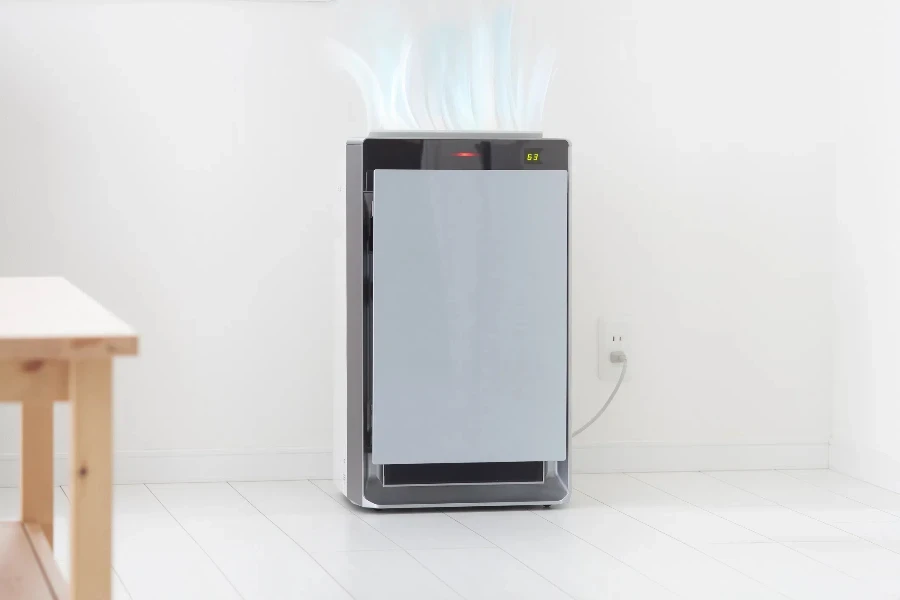
Brand positioning strategies are crucial for companies in the dehumidifier and air purifier market. Leading players, such as Honeywell International Inc., Dyson Group, and Samsung Electronics Co., Ltd, are focusing on differentiating their products through technological advancements and superior performance. For instance, Dyson’s innovations in air purification and vacuum technology have set new benchmarks in the industry, enhancing their market presence.
Differentiation strategies also involve targeting niche markets, such as portable and vehicle-mounted air purifiers, which cater to specific consumer needs. In regions with high levels of air pollution, such as parts of Asia and the Middle East, portable air purifiers are becoming essential household items, driving market growth. Additionally, the commercial and industrial segments are expanding, with air purifiers and humidifiers being increasingly adopted in offices, hospitals, and manufacturing facilities to ensure optimal working conditions.
Customer pain points, such as the high operational and maintenance costs of air purifiers, are being addressed through innovations and educational campaigns. Manufacturers are incorporating advanced features, such as antimicrobial coatings and automated maintenance alerts, to enhance product longevity and ease of use. Educating consumers about proper maintenance practices is also crucial to prevent issues related to mold and bacteria growth in humidifiers.
Key Factors When Selecting a Dehumidifier and Air Purifier
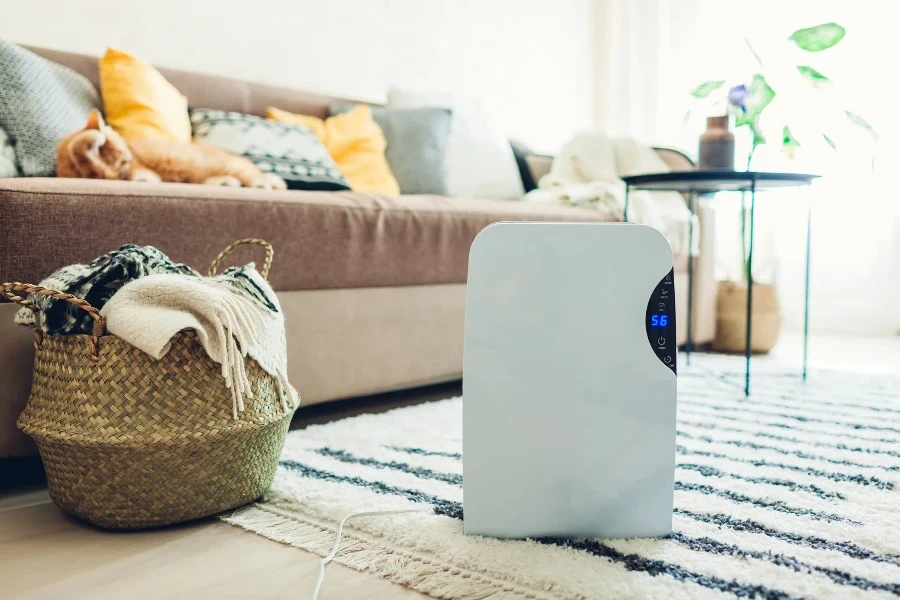
Performance and Functionality
Performance and functionality are critical when selecting a dehumidifier and air purifier. These devices must effectively manage indoor air quality by removing moisture and airborne contaminants. The performance of a dehumidifier is often measured in terms of its moisture removal capacity, typically expressed in pints per day (PPD). High-performance models can extract up to 75 PPD, making them suitable for large spaces or high-humidity environments.
The effectiveness of an air purifier is gauged by its Clean Air Delivery Rate (CADR), which measures the volume of filtered air delivered per hour. High-end air purifiers can achieve CADR values over 350 cubic feet per minute (CFM), ensuring rapid and thorough purification. For commercial applications, units with advanced filtration technologies such as HEPA (High-Efficiency Particulate Air) filters and activated carbon filters are essential. HEPA filters remove 99.97% of particles as small as 0.3 microns, making them ideal for environments requiring stringent air quality standards.
Technical Specifications
When evaluating dehumidifiers and air purifiers, technical specifications provide a comprehensive understanding of their capabilities. For dehumidifiers, key specifications include air volume, measured in cubic feet per minute (CFM), and relative humidity (RH) control. Models with high CFM ratings can process larger volumes of air, enhancing efficiency. Advanced units also offer precise RH control, maintaining humidity levels within a narrow range, typically between 30% and 50%.
Air purifiers should be assessed based on filter type, particle size removal capability, and noise levels. HEPA filters are standard, but units may also incorporate ultraviolet (UV) light to neutralize biological contaminants like bacteria and viruses. The noise level, measured in decibels (dB), is crucial for ensuring quiet operation, especially in residential or office settings. High-quality air purifiers operate at noise levels below 50 dB, ensuring minimal disruption.
Energy Efficiency
Energy efficiency is a vital consideration for both dehumidifiers and air purifiers, impacting operational costs and environmental sustainability. Energy-efficient dehumidifiers are often Energy Star certified, indicating they consume less power without compromising performance. These models can save up to 15% more energy compared to non-certified units.
For air purifiers, energy consumption is influenced by fan speed and filter type. Models with variable speed settings and energy-saving modes can reduce power usage significantly. Air purifiers with Energy Star certification are also recommended, as they meet stringent energy efficiency guidelines set by the U.S. Environmental Protection Agency (EPA).
Build Quality and Durability
The build quality and durability of dehumidifiers and air purifiers are indicative of their longevity and reliability. High-quality units are constructed from robust materials like stainless steel or high-grade plastics, ensuring resistance to wear and tear. Industrial dehumidifiers often feature corrosion-resistant components, making them suitable for harsh environments.
Durability is also enhanced by features such as automatic defrost, which prevents ice buildup on coils, and continuous drainage options that reduce maintenance needs. For air purifiers, durable models typically include metal casings and long-lasting filters. Some units offer filter life indicators and easy-access filter compartments, simplifying maintenance and extending the device’s lifespan.
Price Range and Budget
The price range for dehumidifiers and air purifiers varies widely based on their features and performance capabilities. Entry-level dehumidifiers, suitable for small spaces, can cost between $150 and $300, while high-capacity industrial models may exceed $1,500. Air purifiers also range from budget-friendly options at around $100 to premium models costing over $1,000.
When budgeting, it’s essential to consider not just the initial purchase price but also the long-term costs associated with maintenance and energy consumption. High-efficiency models may have a higher upfront cost but offer savings over time through reduced energy bills and longer-lasting filters. Additionally, some manufacturers provide warranties and service plans, which can further influence the total cost of ownership.
Types and Styles of Dehumidifiers and Air Purifiers
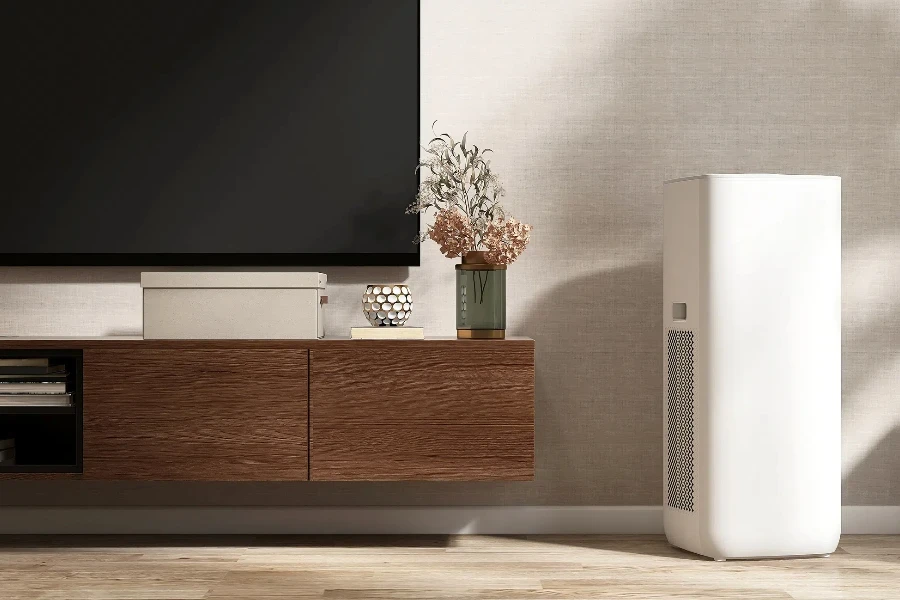
Portable vs. Installed Systems
Portable dehumidifiers and air purifiers offer flexibility and ease of use, making them ideal for residential and small office applications. These units are typically lightweight and equipped with caster wheels, allowing for easy relocation between rooms. Portable dehumidifiers can handle spaces up to 1,500 square feet, removing up to 50 PPD of moisture.
Installed systems, on the other hand, are integrated into existing HVAC systems and are designed for larger, more permanent applications. These systems provide comprehensive air quality management across entire buildings or industrial facilities. Installed dehumidifiers often feature high-capacity moisture removal, exceeding 100 PPD, and advanced controls for maintaining optimal humidity levels. Similarly, installed air purifiers are capable of filtering air across multiple rooms, with CADR values tailored to the building’s size and air circulation requirements.
HEPA vs. Ionic Air Purifiers
HEPA air purifiers are renowned for their ability to remove 99.97% of airborne particles as small as 0.3 microns. These purifiers are ideal for environments requiring high air purity, such as hospitals, laboratories, and homes with allergy sufferers. HEPA filters are often combined with activated carbon filters to remove odors and volatile organic compounds (VOCs).
Ionic air purifiers, or ionizers, use charged ions to attract and neutralize airborne particles. These units are effective at removing fine particles such as dust, pollen, and smoke. However, they may produce ozone as a byproduct, which can be a concern for individuals with respiratory issues. While ionic purifiers are generally quieter and require less maintenance than HEPA units, they may not achieve the same level of particle removal efficiency.
Ultraviolet (UV) Light Air Purifiers
UV light air purifiers use ultraviolet radiation to destroy biological contaminants, including bacteria, viruses, and mold spores. These purifiers are particularly effective in healthcare settings, where sterilization is crucial. UV air purifiers are often used in conjunction with HEPA filters to provide a dual-action approach to air purification.
The effectiveness of UV purifiers depends on the intensity and exposure time of the UV light. High-intensity UV-C light, which operates at 254 nanometers, is most effective at inactivating pathogens. UV purifiers require regular maintenance to ensure the UV lamps remain effective, typically needing replacement every 12 to 18 months.
Regulatory Compliance and Safety Standards
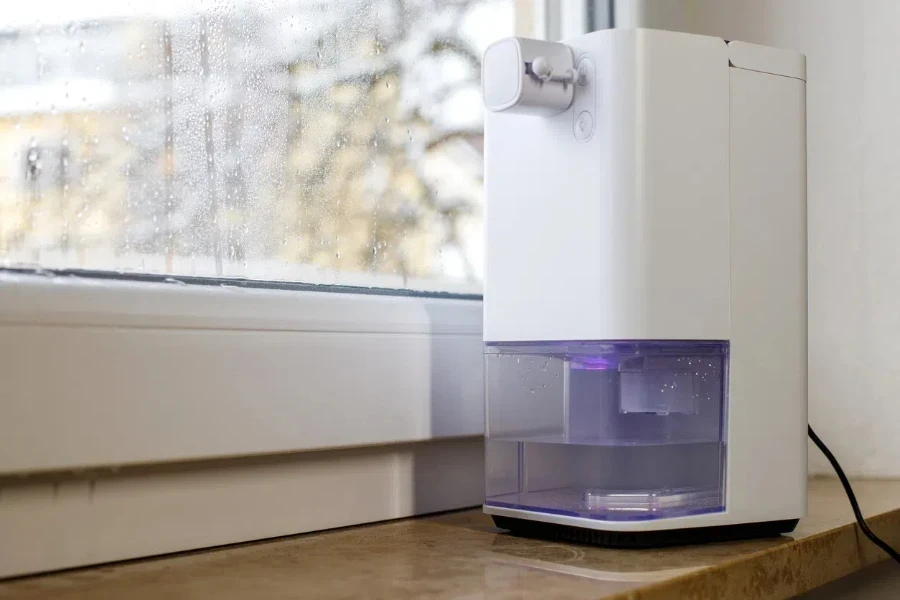
Industry Standards and Certifications
Compliance with industry standards and certifications is essential when selecting dehumidifiers and air purifiers. Key certifications include Energy Star for energy efficiency, Underwriters Laboratories (UL) for safety, and the Association of Home Appliance Manufacturers (AHAM) for performance testing. These certifications ensure that the products meet rigorous quality and safety standards.
For air purifiers, additional certifications such as the California Air Resources Board (CARB) certification ensure that the units do not exceed ozone emission limits. Medical-grade air purifiers may also require compliance with Food and Drug Administration (FDA) regulations, particularly if they are used in healthcare settings.
Safety Features
Modern dehumidifiers and air purifiers are equipped with various safety features to ensure safe operation. Dehumidifiers often include automatic shut-off mechanisms that activate when the water tank is full, preventing overflow. Advanced models may also feature built-in humidistats that maintain desired humidity levels and prevent excessive drying of the air.
Air purifiers are designed with safety features such as child locks, filter change indicators, and automatic shut-off if the unit is tipped over. UV air purifiers include safety mechanisms to prevent direct exposure to UV light, which can be harmful to skin and eyes. Ensuring that these safety features are present and functioning correctly is crucial for the safe and effective operation of the devices.
Initial Setup Complexity
The complexity of the initial setup can vary significantly between different models of dehumidifiers and air purifiers. Portable units generally offer straightforward setup, often requiring only plugging in the device and selecting the desired settings. Installation of these units typically takes less than 30 minutes and requires minimal technical knowledge.
In contrast, installed systems, particularly those integrated into HVAC systems, can be more complex and may require professional installation. These setups involve connecting the unit to the building’s ductwork, configuring control systems, and ensuring proper electrical connections. While the initial setup may be more time-consuming and costly, these systems offer enhanced performance and comprehensive air quality management.
Conclusion
When selecting a dehumidifier and air purifier, it is crucial to consider factors such as performance, technical specifications, energy efficiency, build quality, and price range. Understanding the types and styles of these devices, alongside regulatory compliance and safety standards, ensures that you choose the most suitable product for your needs. Whether for residential, commercial, or industrial applications, investing in high-quality dehumidifiers and air purifiers can significantly improve indoor air quality, contributing to a healthier and more comfortable environment.
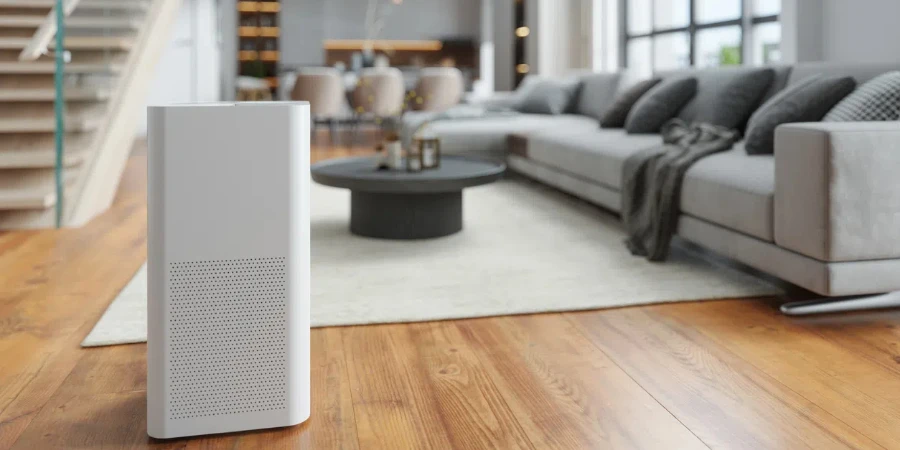




 বাংলা
বাংলা Nederlands
Nederlands English
English Français
Français Deutsch
Deutsch हिन्दी
हिन्दी Bahasa Indonesia
Bahasa Indonesia Italiano
Italiano 日本語
日本語 한국어
한국어 Bahasa Melayu
Bahasa Melayu മലയാളം
മലയാളം پښتو
پښتو فارسی
فارسی Polski
Polski Português
Português Русский
Русский Español
Español Kiswahili
Kiswahili ไทย
ไทย Türkçe
Türkçe اردو
اردو Tiếng Việt
Tiếng Việt isiXhosa
isiXhosa Zulu
Zulu